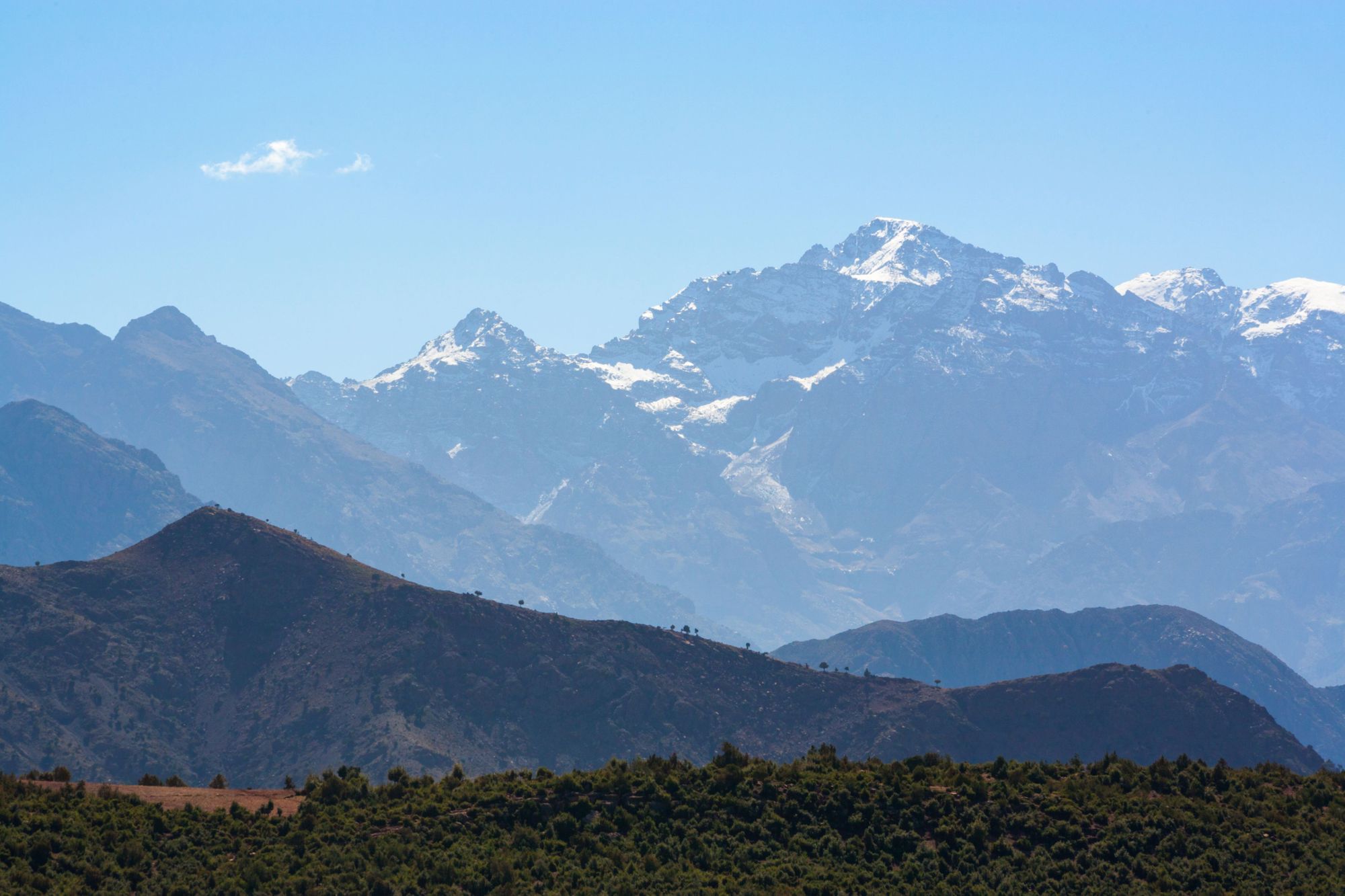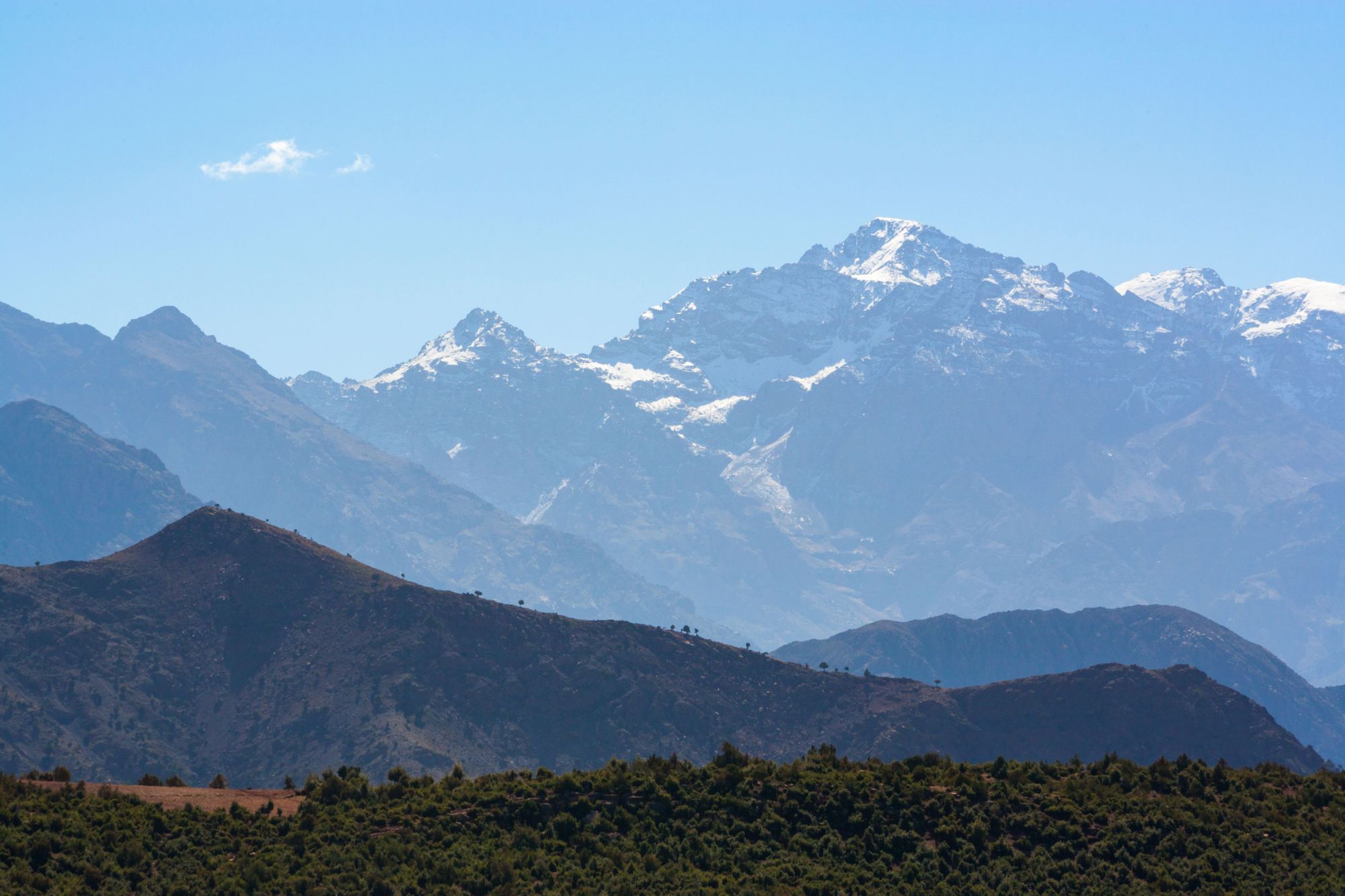
In early 1891, a French army detachment set out to explore the Ivory Coast, with the ultimate aim of consulting with local chiefs in the area to create a passable route between the Ivory Coast and the Niger basin. The commander of the expedition was Lieutenant Paul Quiquerez, and he was assisted by Second Lieutenant René de Segonzac. Ultimately, the mission would end not just in failure, but tragedy - as on 23 May 1891, Quiquerez died.
Segonzac devoted his 'whole life to the exploration of the chains of the Atlas.'
At first, it was reported that Quiquerez had died of algid fever, but after his family became suspicious of Segonzac upon his return, an exhumation of his body was ordered, and a bullet hole was found in the skull of the Lieutenant.
René de Segonzac was subsequently charged with murder, and on 10 October 1893, he appeared before a war council in Saint-Louis, Senegal, for the trial.

There, indigenous soldiers claimed that they saw Segonzac shoot Quiquerez with a revolver. Segonzac disputed the accusations, and argued that Quiquerez had shot himself dead in a fit of fever. He said that he had only hidden this fact upon his return in order to save the honour of the Lieutenant.
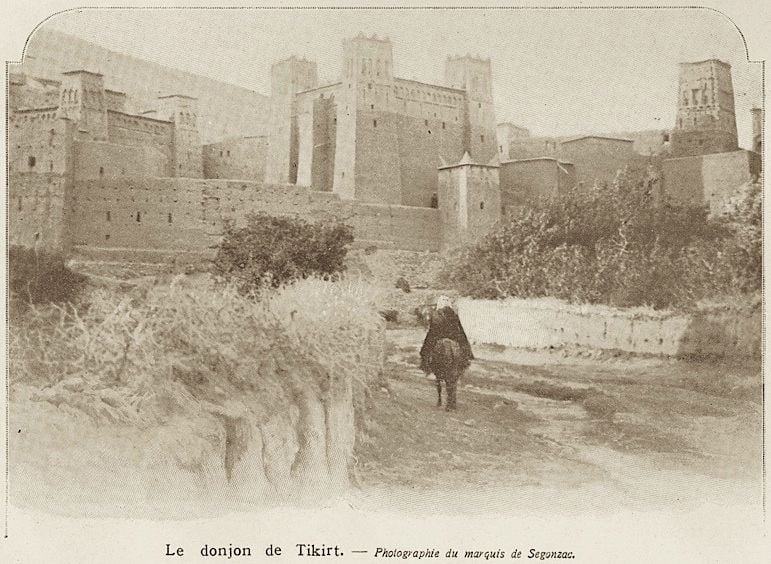
Ultimately, though many doubted the outcome, witnesses who spoke on the character of Segonzac saved the Second Lieutenant, and after 11 hearings, he was acquitted of murder.
You are, perhaps, wondering what relevance this story has to the first recorded ascent of Mount Toubkal, the 4,167m (13,670ft) mountain which marks the roof of North Africa. Well, that first expedition of Europeans to reach the summit of Toubkal on 12 June 1923, 32 years after the ‘Quiquerez-Segonzac Affair’, was led by a certain Frenchman - named Marquis René de Segonzac.
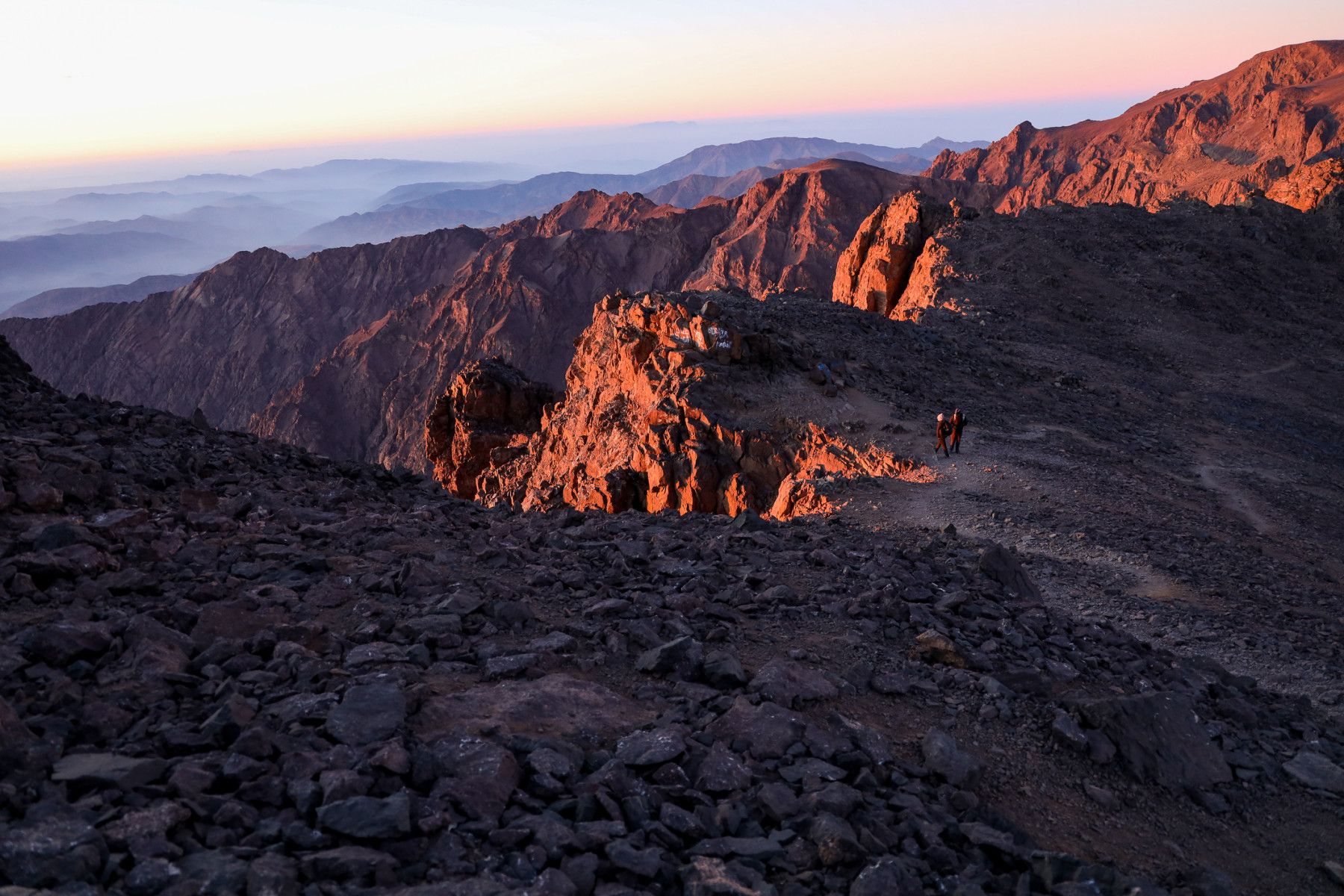
But first, a quick aside. It should be noted here that the area around Toubkal in the Atlas Mountains has been populated by Berber tribesmen for millennia. Indeed, the Maghreb, which is the region between the Atlantic and Egypt, has been home to nomads for over 10,000 years - so, it seems highly improbable that Segonzac’s ascent of Toubkal was actually the first ascent of the mountain.
It’s extremely likely that Berber people stood on the summit of Toubkal a long time before any European ever did - but the ascent of Segonzac and his team remains an important one, not just for the record books, but as it opened up the mountain to other mountaineers. This ultimately led many hikers to the slopes of the mountain today, and to the popularity of guided tours up to North Africa’s highest spot.
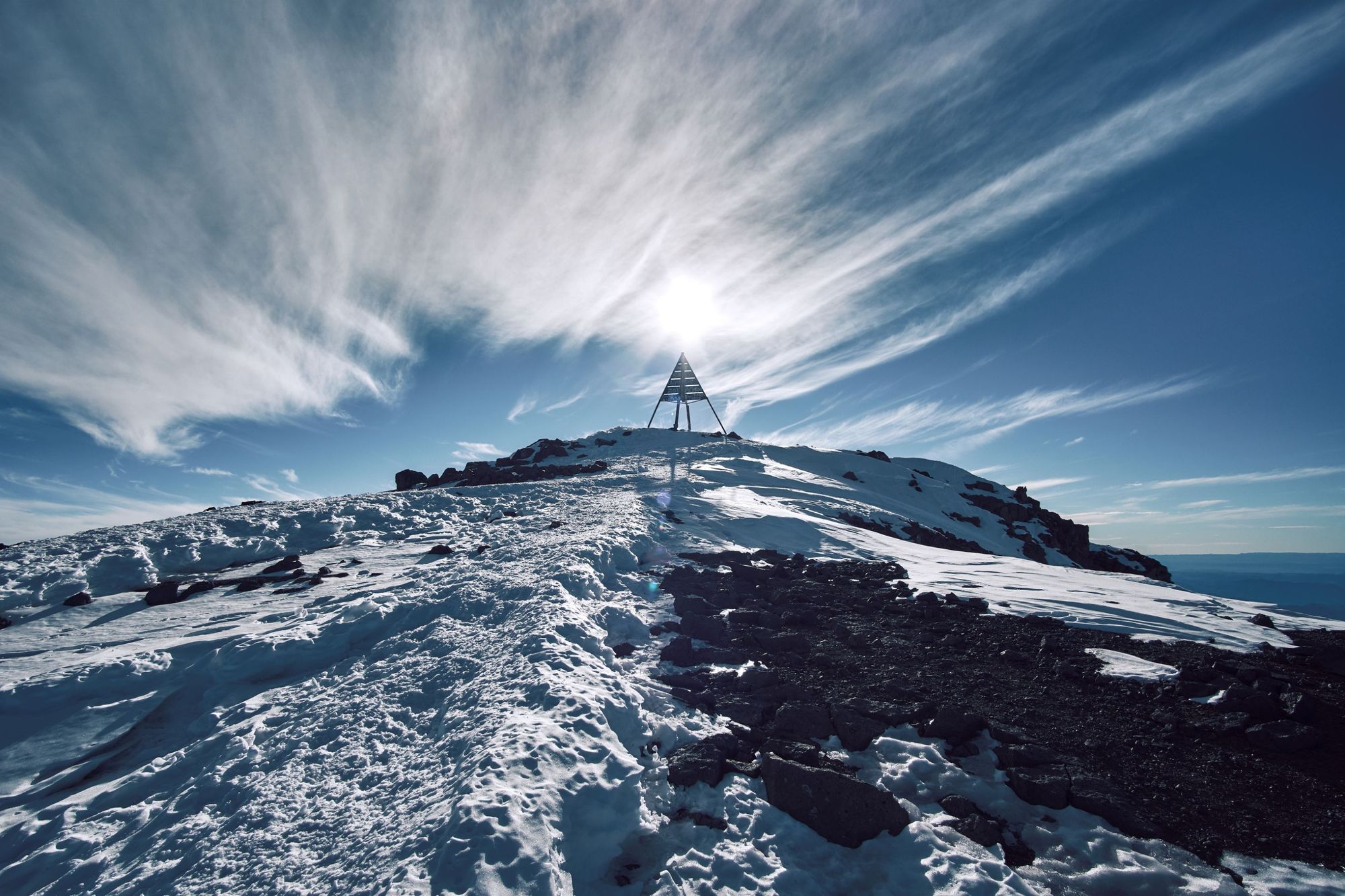
After the Quiquerez saga, Segonzac left the army and moved to Belgium, later returning to the forces to fight as an aviator during the First World War. He received the Legion of Honour and the Croix de Guerre, and after the war, turned his hand to exploration - with a focus on Morocco.
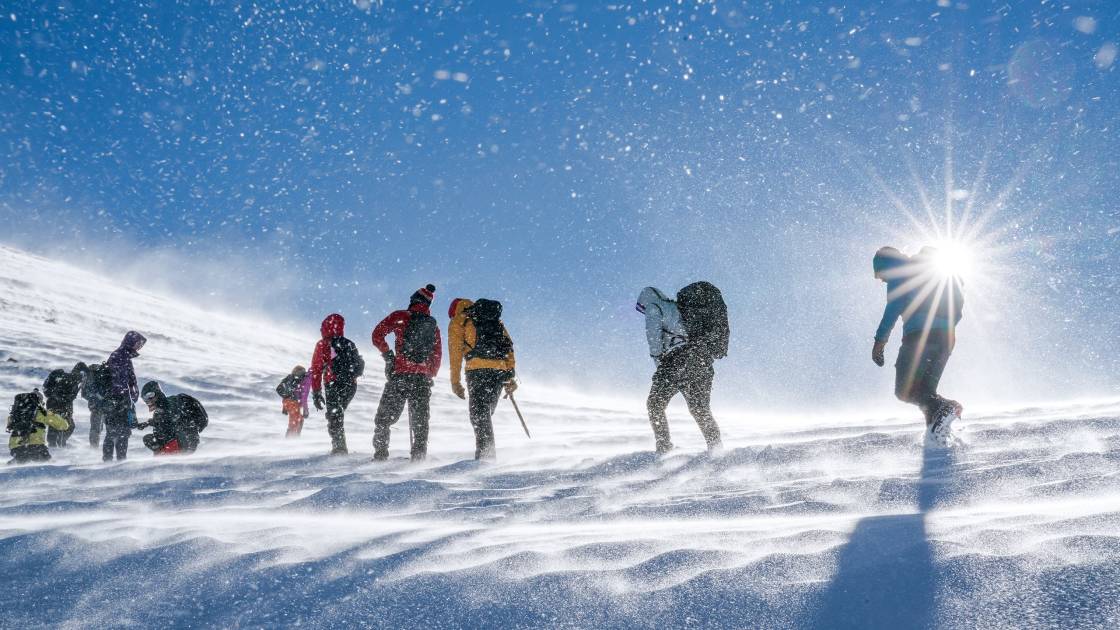
Segonzac wasn’t entirely unfamiliar with the country. Amongst his other war decorations was a campaign medal for fighting in the country. And by the time he led a small crew up Mount Toubkal in 1923, he was already very well familiar with the Atlas Mountains - a setting which, at the time, had not been seen by many.
An article published by G.A. Raper in The World Wide Magazine on ‘The Adventures of the Marquis de Segonzac’ in 1902, describes Segonzac return from “a most important series of journeys through the little-known interior of Morocco, venturing into districts where no European has hitherto penetrated.”
The report states that “The Marquis disguised himself as a Moor, concealing his camera and scientific instruments under his clothes, and practically carried his life in his hand throughout the whole of his explorations… [bringing back] more information about the interior of Morocco than any previous explorer.”
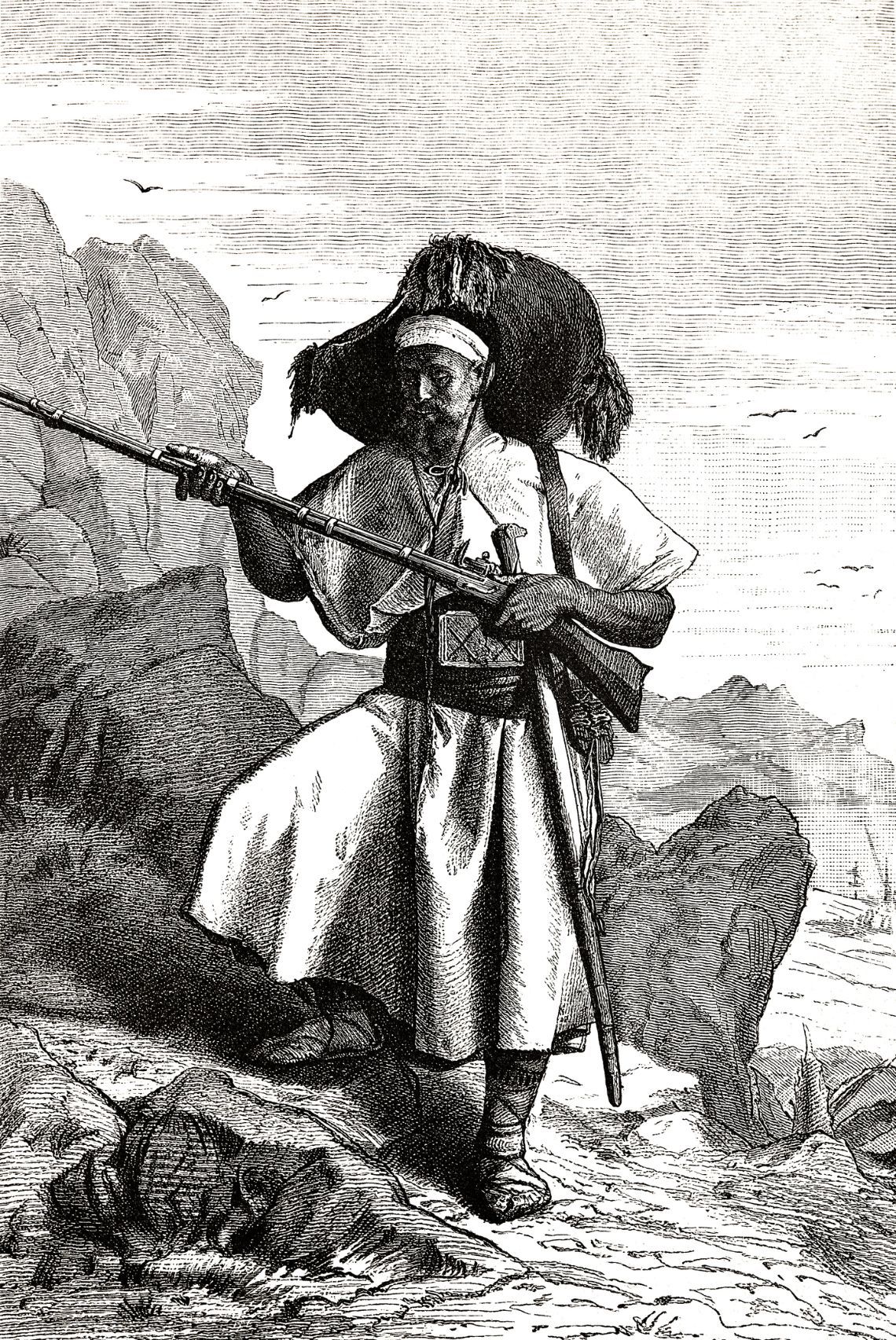
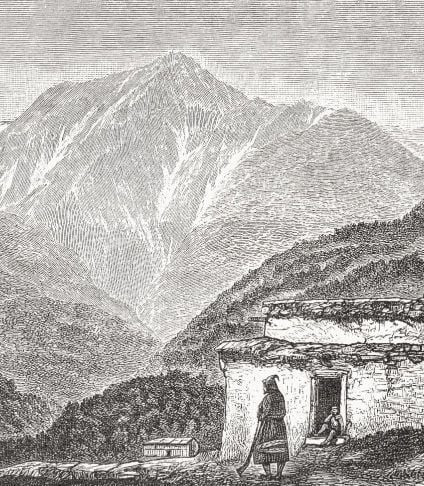
An illustration of a Berber man holding a rifle in the mountains, left, and of Jebel Tezah, another high summit in the Atlas Mountains, right. Credit: Getty
Segonzac had begun his journey at the end of 1899, starting from Casablanca, on the Atlantic Coast, and travelling 150 miles south to Marrakech. It was when he travelled further south, to the Atlas mountains, that he entered disguise. “I had decided to represent myself as one of the traders who wander almost empty-handed over this part of the country,” Segonzac is quoted as having said. “All our luggage was carried by two mules, and we walked. Of course, it would have been more comfortable to ride, but only important personages travel in this way in Morocco, and it was absolutely necessary for me to avoid attracting attention.”
At this time, Morocco was a country deemed “one of the most difficult in the world” to explore.
“The Sultan really rules over only one-fourth of the population, and cannot even travel between his two capitals, Marrakesh and Fez, without making a wide detour to avoid being attacked by his loving subjects in the valleys of the Atlas,” wrote Raper. The fiercely independent, self-sufficient natives were not kind to foreigners, partly, the jouranlist writes, “because it is supposed - and not always wrongly - that he has come to spy out the land with a view to conquest.”
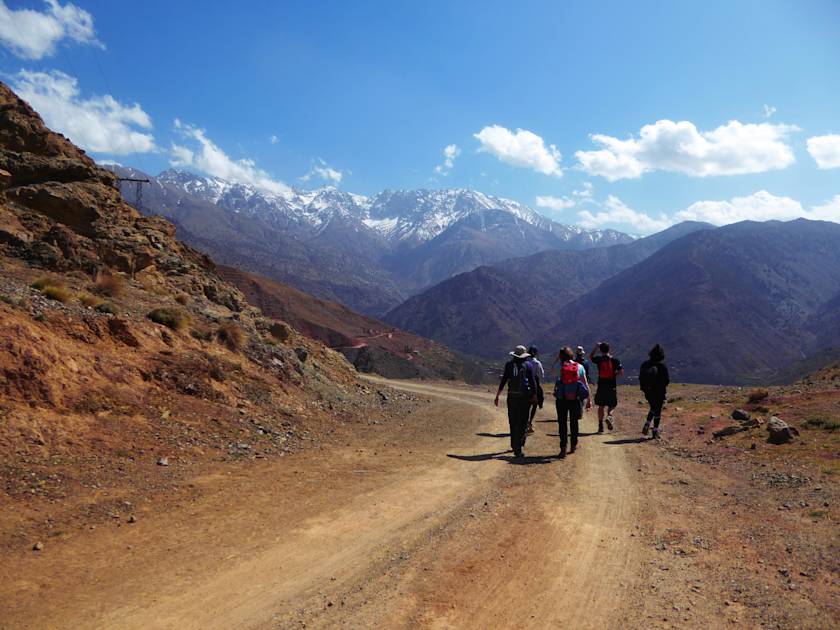
The Frenchman would go on to journey into the Rif Mountains, returning to publish his Voyages au Maroc (1899-1901) in 1903, to widespread acclaim. On this venture, Segonzac crossed various mountain passes - but it wasn’t until decades later that he would turn his eyes to Toubkal.
Segonzac climbed the Ari Ayachi (3,751m) in 1901 and 1908, as recorded by Andrea de Pollitzer-Pollenghi in The Alpine Journal at the time. That journal states that Segonzac devoted his “whole life to the exploration of the chains of the Atlas.” After the French Protectorate was declared in 1912 - the period of French colonial rule in Morocco, from 1912-1956 - travel became easier, and Segonzac could stray further, with better resources. In 1922, the Moroccan branch of the C.A.F. (Club Alpin Français) was founded, as travel around Morocco became more common - and Segonzac was the first president.
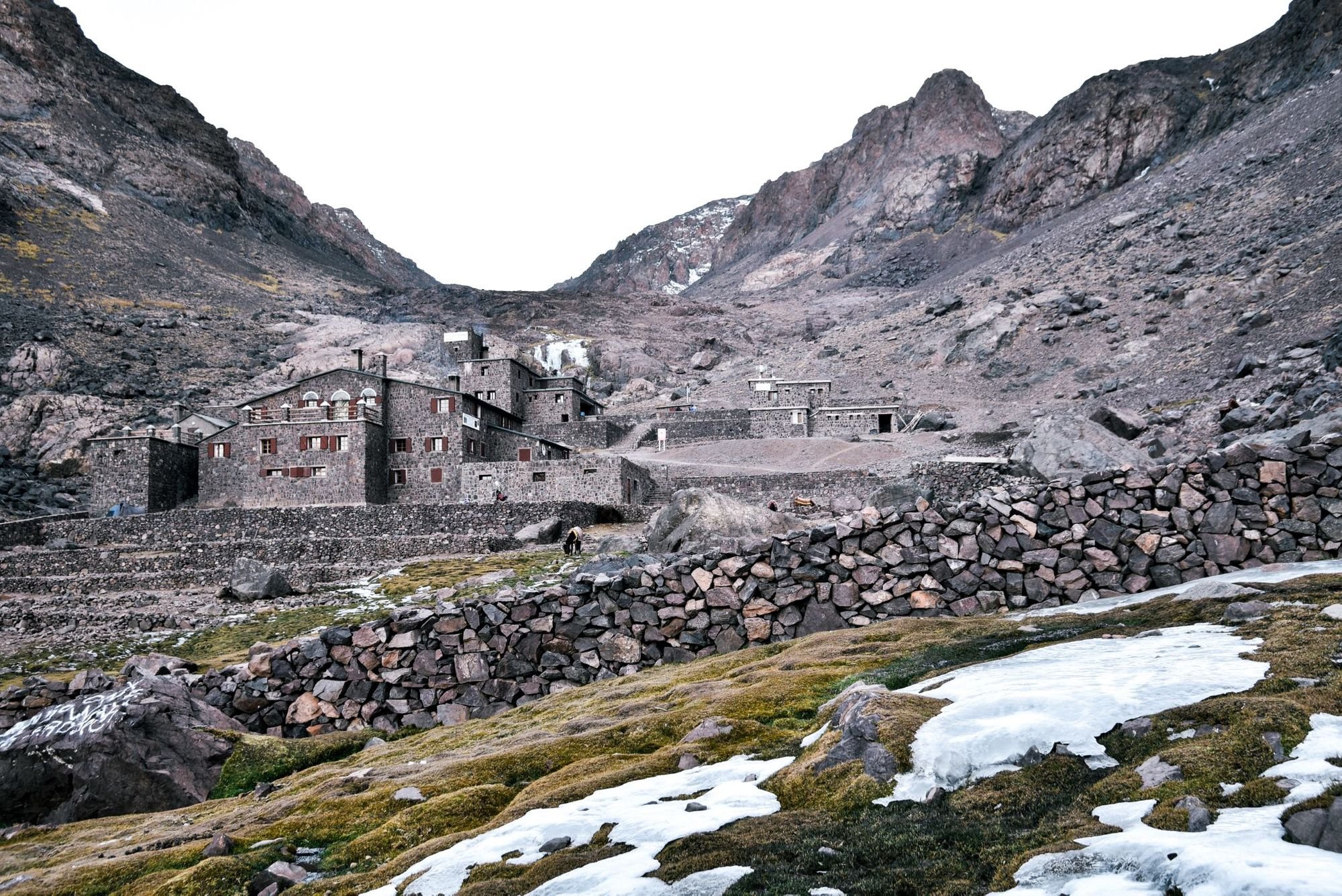
The plan then was to reach the roof of the Atlas Mountains, which at this time, was believed to be Taraokht-Tifnout. So, in 1922, Segonzac and colleagues climbed it - only later finding out that an unknown summit, now known as Jebel or Mount Toubkal, was in fact higher.
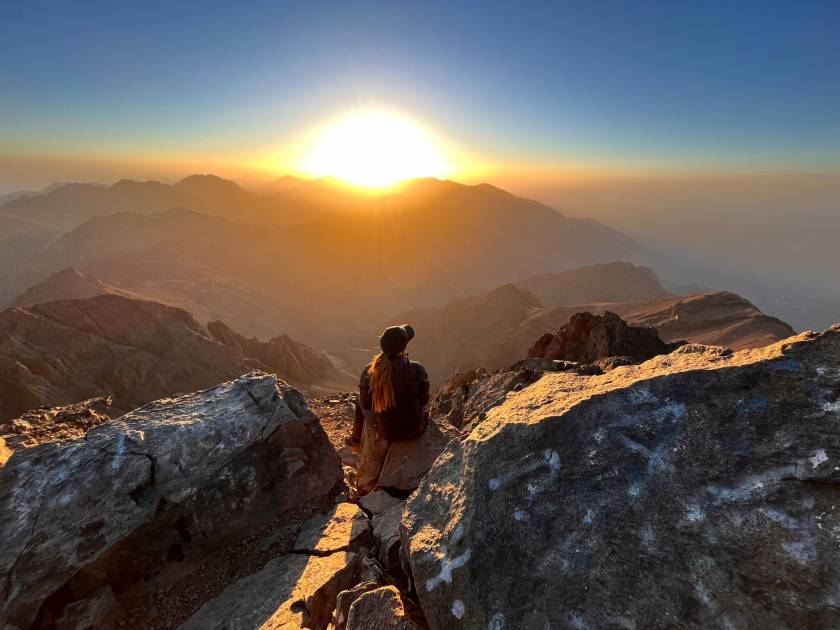
Accompanied by Vincent Berger and Hubert Dolbeau, the expedition up Toubkal in 1923, led by Segonzac failed on its first attempt, due to climate reasons. Perhaps the snow was too thick, or the winds too harsh on the multi-day climb. But on a second attempt on the mountain, the team reached the summit.
With the path now trodden, the mountain was then climbed and surveyed the following year, confirming its 4,167m height, which today is marked with an iconic metal trigonometric pyramid (which was put there on 8 August 1931). The Toubkal hut then followed in 1938, with a dormitory being added in 1973 and the site being entirely revamped in 1999. It can now accommodate 86 tourists and 20 mules.
Today, the mountain is climbed year-round - although technical equipment such as ice axes and crampons is required from November through to April. The best months for climbing Toubkal remain from May to October (though July and August can be particularly hot). Hundreds each year now take on the two-day climb, which involves first ascending to the refuge at 3,200m, spending the night, and then heading on to the summit and back down to the Imlil, in the foothills of the Atlas Mountains, below - following in the footsteps of René de Segonzac.
Read More:
- Taking on Mt. Toubkal: A Photo Story
- The Guide to Climbing Mount Toubkal
- Atlas Mountains: Your Adventure Guide
- What I Wish I Knew Before Climbing Mount Toubkal
Inspired? Check out our adventures in Morocco now!

